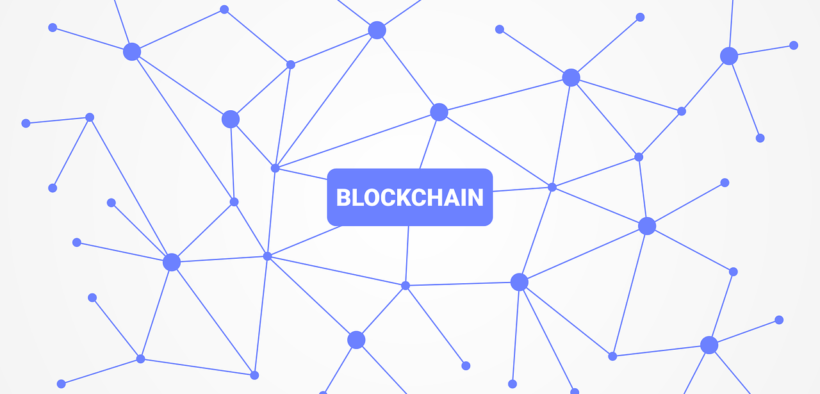The following examples are the applications of Blockchain in the supply chain.
Automotive Supplier Payments
Blockchain allows the transfer of funds anywhere in the world without the need for traditional banking transactions, as transactions are made directly between payer and payee. It is also secure and rapid; taking minutes, compared to days for automated clearing house payments, for example.
Bitcoin transfers specifically also incur lower fees. Australian vehicle manufacturer Tomcar uses Bitcoin to pay some of its suppliers. Currently, three partners in Israel and Taiwan accept payment from Tomcar using Bitcoin.
Tomcar’s supplier agreements use standard terms. The advantage is in the cost savings. On the other hand, the firm is careful to avoid hanging onto too much Bitcoin. While Bitcoin is international by nature, some national governments see it as a way for companies to invest. Companies may therefore be subject to taxation on Bitcoin holdings.
Meat Traceability
Companies can use distributed ledger systems (blockchains) to record product status at each stage of production. The records are permanent and immutable. They make it possible to trace each product to its source. Global retailer Walmart uses blockchain to track sales of pork in China. Its system lets the company see where each piece of meat comes from, each processing and storage step in the supply chain, and the products’ sell-by date. In the event of a product recall, the company can also see which batches are affected and who bought them.
Electric Power Micro-grids
This example shows how entities of any size can use blockchain. In other words, blockchain is not just for the big players. Smart contracts are being used to redistribute excess power from solar panels. The Transactive Grid is an application running on blockchain to monitor and redistribute energy in a neighbourhood micro-grid. The program automates the buying and selling of green energy to save costs and pollution. The process uses the Ethereum blockchain platform, designed specifically for building and executing smart contracts.
RFID-driven Contract Bids and Execution
RFID tags are commonly used in supply chain to store information about products. IT systems can read the tags automatically and then process them. Therefore, the logic goes; why not use them for smart contracts in logistics?
The possible setup could be as follows. RFID tags for cartons or pallets store information on delivery location and date. Logistics partners run applications to look for these tags and bid for a delivery contract. The partner offering optimal price and service gets the business. A smart contract then tracks status and final delivery performance.
Cold Chain Monitoring
Food and pharmaceutical products often have specialised storage needs. Moreover, enterprises see the value in sharing warehouses and distribution centres instead of each one paying for its own. Sensors on sensitive products can record temperature, humidity, vibration, and other environmental conditions.
These readings can then be stored on a blockchain. They are permanent and tamper-proof. If a storage condition deviates from what is agreed, each member of the blockchain will see it. A smart contract can trigger a response to correct the situation. For instance, depending on the size of the deviation, the action may be to adjust the storage. However, it could also extend to changing “use-by” dates, declaring products unfit, or applying penalties.
Blockchain and Internet of Things
Other ambitious ideas come from using blockchain and the IoT. One suggestion is for smart contracts to manage rentals of driverless cars. A smart contract could check for rental payments. If there has been no payment or the rental agreement reaches the end of its term, the smart contract could lock the car and tell it to drive itself back to the hire company’s premises.
Challenges to Be Met
Blockchain of course, is still an emerging technology and is, therefore, not without its share of potential issues. Enterprises that want to harness blockchain power for their supply chain will need to watch out and be ready for the following challenges.
Ecosystem Still in Progress
The first telephone was useless until the second one arrived. In time, the phone spread across the world, and now we cannot do without it. The situation is similar for blockchain and companies that want to do business with specific partners. Those partners will need to buy into blockchain as well.
For example, Tomcar can currently execute Bitcoin payment for about 2% of the parts it buys. However, niche uses of blockchain are on the rise. It may be just a matter of time until businesses “join the dots” for widespread acceptance.
Currency Volatility
Bitcoin is an easy way to start using blockchain. The problem is that the rate of exchange between Bitcoin and other currencies can change rapidly. Payment terms must be short enough or flexible enough to be able to cash in Bitcoin and recover the value expected.
Bitcoin and other cryptocurrencies (Ether, for example, for the Ethereum platform) are also volatile in another sense. If you lose the digital key (passcode) to your cryptocurrency reserve, there is no way to recover it.
Technology and Knowhow
Blockchain programming takes a mix of software skills. It also helps to understand economies and businesses, especially your business. You may have to train staff or hire new people with these skills. You could also outsource your blockchain development to a third party. The best choice for you will depend on your current situation and future aspirations.
Mindset
Blockchain arose when people began searching for a way to decentralise applications and operations. They wanted to make dependencies on centralised entities like banks optional instead of obligatory. It is a new way of thinking, so don’t be surprised if it takes you or your colleagues a little time to shed your mental shackles and get into the swing of the blockchain movement.
Real-World Blockchain in Supply Chain
It’s always exciting to see how emerging technologies like blockchain progress and develop. Nearly a year after first publishing this article, we are seeing the supply chain and logistics domain evolving into one of the most active sectors for blockchain take-up.
For that reason, it seemed a good idea to document a few examples of how our industry is embracing distributed ledger technology and applying it to solve long-standing business problems. Let’s start with ocean freight shipping, which is an area in which blockchain innovation has been prolific over the last 12 months.


























































Follow us on social media